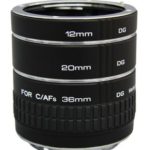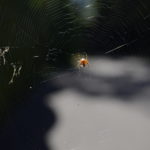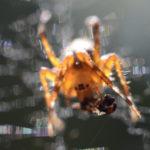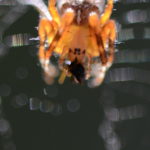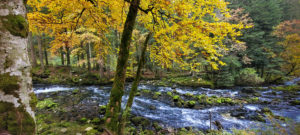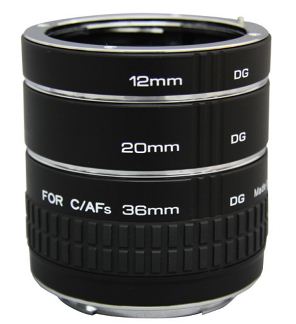 Before buying a set of extension tubes, I have done my homework but I did not find so easily the information I was looking for. This article intends to answer the questions unresolved before I decided to buy them despite some grey zones. The main questions were the following:
Before buying a set of extension tubes, I have done my homework but I did not find so easily the information I was looking for. This article intends to answer the questions unresolved before I decided to buy them despite some grey zones. The main questions were the following:
– What can we expect from them?
– Who are the manufacturers and why chose one rather another?
– Advantages and constraints of extension tubes,
– Comparison with teleconverters,
– Real life feedback.
I have written my tests and conclusions into a pdf document “Extension tubes“, the analysis was too long to be posted as a blog entry. I have indeed read several articles, translated some which where not written in English and made my own tests.
And I came to several interesting conclusions:
Conclusions
Extension tubes don’t really work with wide-angle, that’s too bad, and it means you need a fish-eye when you want both a wide-angle and a very close focus (indeed some fish-eye can really focus as close a few centimetres from the front lens).
Extension tubes are not for beginners. For those on a budget, they are options not more expensive and more versatile (short focal macro lens, used if necessary).
Extension tubes work actually very well with long focal lenses (above 100 mm typically) either with macro lenses to get even closer, or with non macro lenses to shoot action macro, with reproduction ratio around 1:2 and not 1:1, fair enough but at f/2.8 if not f/2.0 when used with fast lenses.
Plastic made extension tubes (most of them) are not rigid, and therefore not really done for real reproduction purposes. However, when handling the camera with one hand and the lens with the other, they are still usable with heavy lens (at least as heavy as 2 kg).
The final word
Extension tubes are great accessories, not so expensive, but not versatile and only useful in specific conditions. I recommend buying a set and trying them to understand how each photographer can use them the best way possible for their photographies.
Here above the comparison of a 35 mm DX, the same lens with the whole set of tubes, and a 105 macro with the whole set of tubes. You will find more examples in my pdf document “Extension tubes“.
